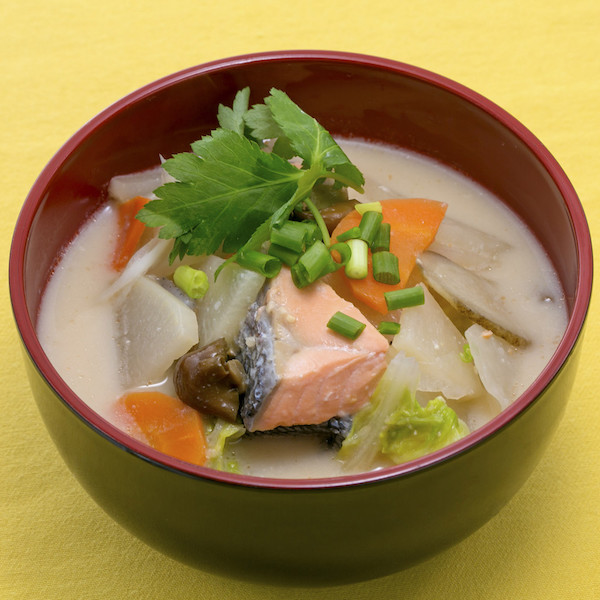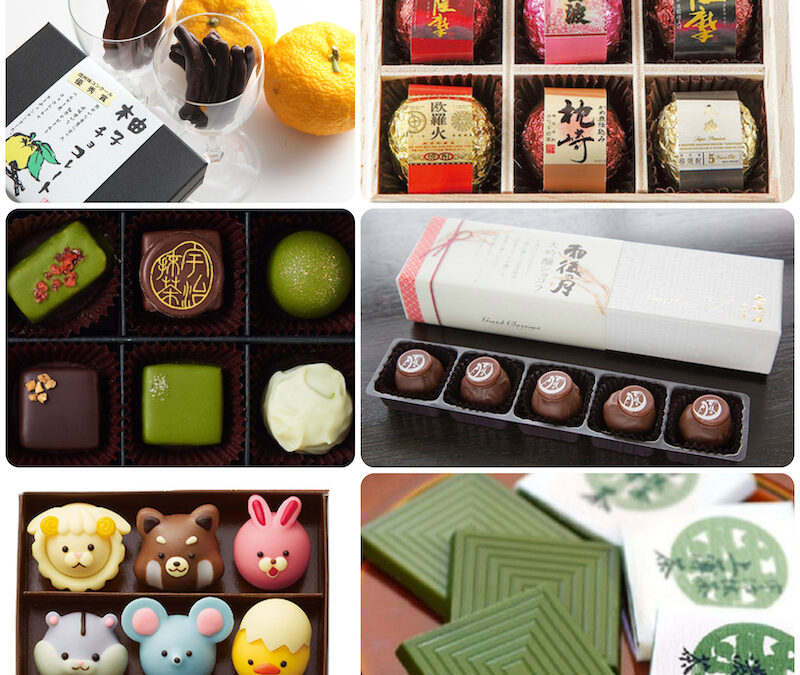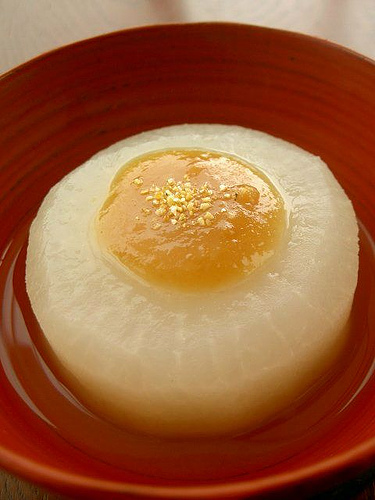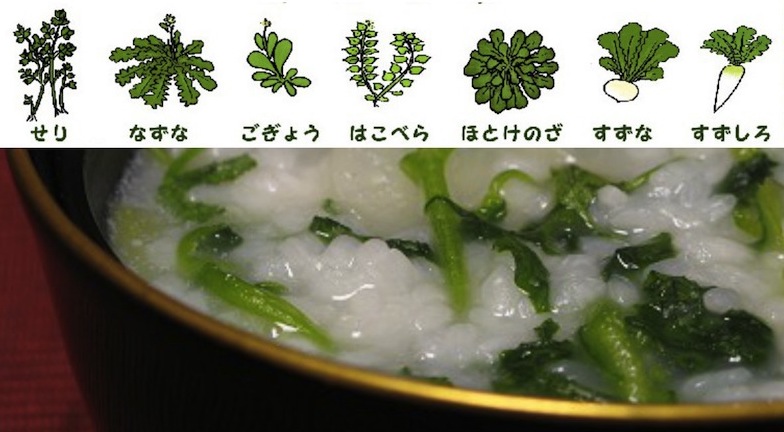
by Elizabeth Andoh | Feb 12, 2020 | Recipes, Winter
Salmon Saké Kasu Chowder 粕汁SAKÉ KASU-JIRU A belly-warming salmon and root vegetable chowder, shaké no kasu-jiru, is standard wintertime fare throughout Japan’s northeastern region, the Tohoku. Every household seems to have its own rendition, but with this master...

by Elizabeth Andoh | Feb 6, 2020 | Recipes, Winter
A sampling of Japan’s chocolates (clockwide from top right) chocolate covered yuzu peel, bonbons filled with various shochū spirits, bonbons filled with saké, matcha infused chocolate planks, white chocolate animal characters, a variety of elegant truffles. The...

by Elizabeth Andoh | Feb 2, 2020 | Recipes, Spring
FUKU wa UCHI ONI wa SOTO Bring in Good Fortune! Throw out the ogres! 節分 Setsubun, a marker on the ancient, lunar-based koyomi calendar indicates the start of a new season; setsubun breaks occur many times during the year. Today in Japan the...

by Elizabeth Andoh | Jan 22, 2020 | Recipes, Winter
Furofuki Daikon topped with Yuzu-Scented Miso ふろふき大根 Furofuki Daikon Piping Hot Radish with Miso Sauce Furofuki, literally “blowing steam,” is the name given to vegetables – most often daikon radish – that has been tender-prepped and then simmered in dashi broth....

by Elizabeth Andoh | Jan 12, 2020 | Recipes, Winter
16th century scroll (Shuhanron Emaki) 酒飯論絵巻 落し蓋 Otoshi-Buta Dropped Lids Used in Japanese kitchens for centuries for preparing nimono (simmered dishes), otoshi-buta lids drop down to sit directly on the food, rather than on the rim of a pot. Fuel-efficient as they...

by Elizabeth Andoh | Jan 2, 2020 | Recipes, Spring
From left to right, the seven spring herbs are: SERI, NAZUNA, GOGYŌ, HAKOBERA, HOTOKÉNOZA, SUZUNA, SUZUSHIRO 七草粥 Nana Kusa Kayu Rice Porridge with Seven Spring Herbs More than a thousand years ago, the Japanese spoke of watari-dori (“migrating birds”)...







